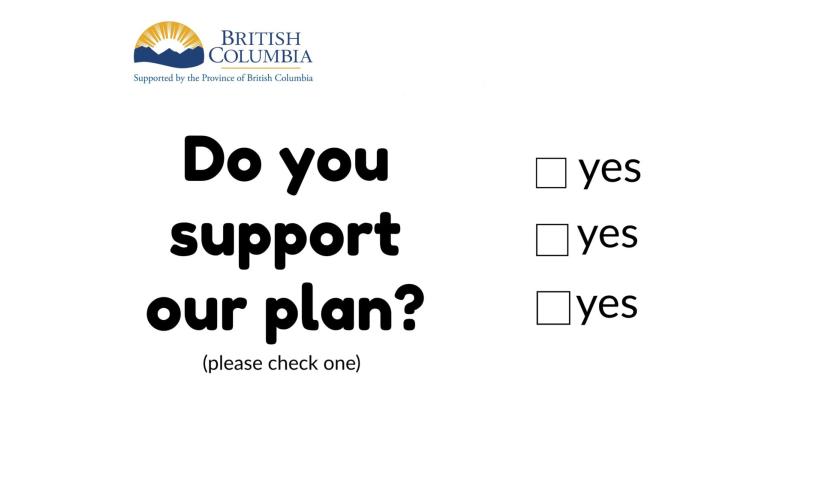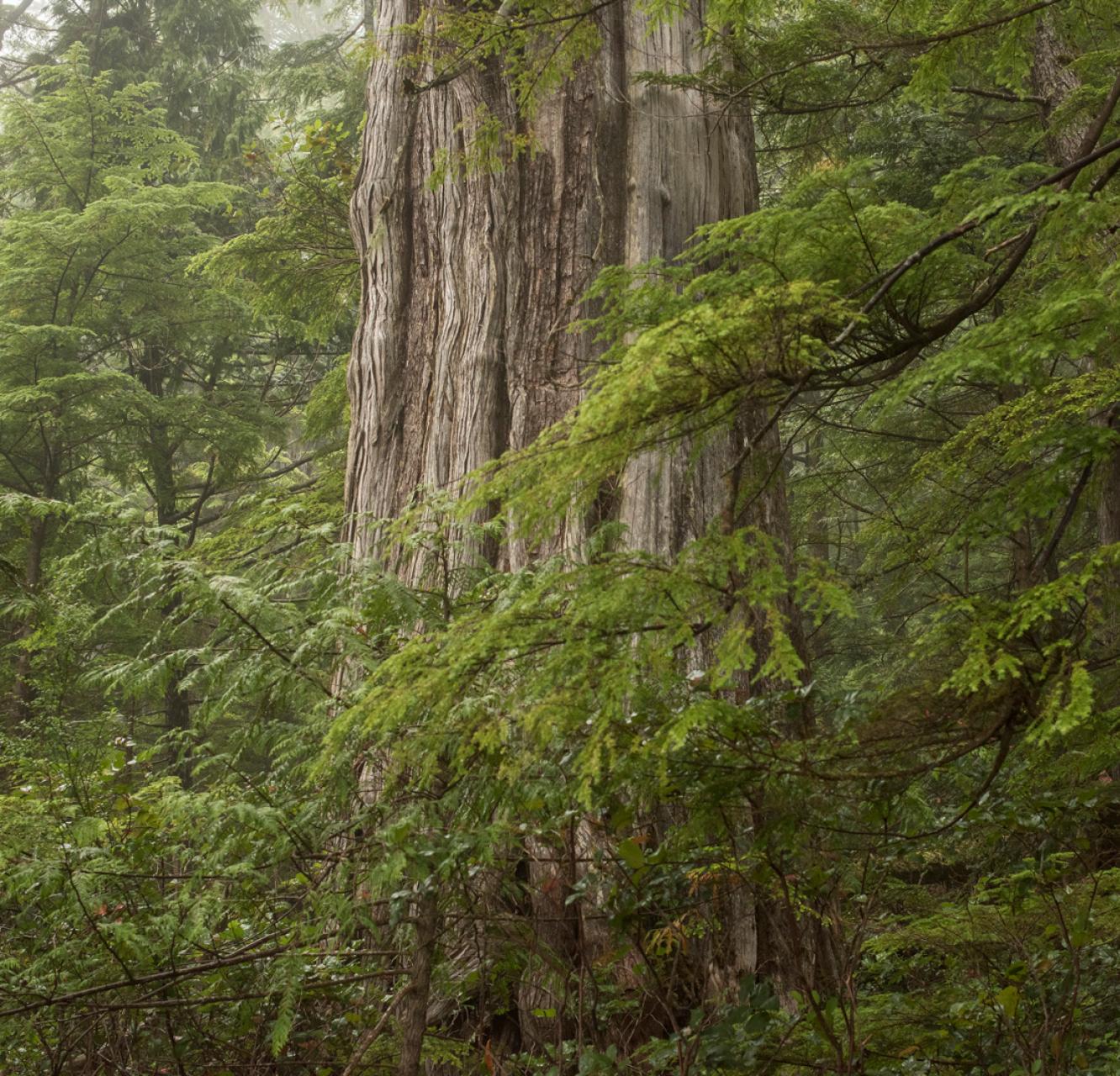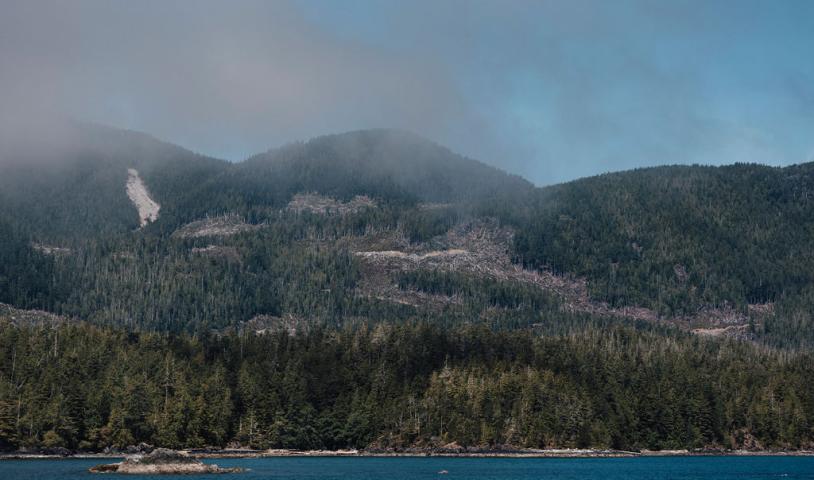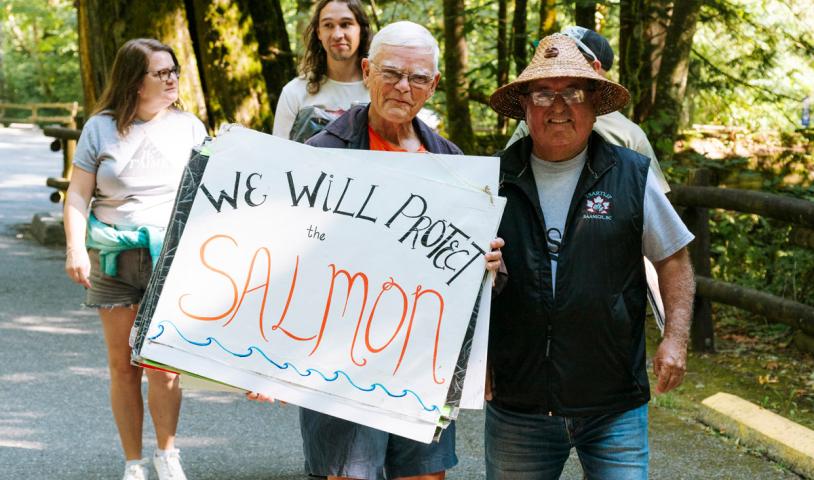Did B.C. misrepresent public 'support' for Douglas‑fir protection plan
Thursday, October 18, 2018
The province recently celebrated ‘98 per cent’ support for a forest plan but, upon closer inspection, the numbers don’t add up
It was good news all the way for B.C.’s provincial government with the July announcement of increased protection for some provincially owned patches of rare Coastal Douglas-fir forests.
For starters, who would object to an effort, however small, to protect an ecosystem under threat?
Well, pretty much no one — according to the provincial government’s news release.
“Over 1,078 submissions were received, with 98 per cent supportive of the proposal,” reads the release from the Ministry of Forests, Lands, Natural Resource Operations and Rural Development.
But, at the Wilderness Committee — which for years has campaigned for increased Coastal Douglas-fir protection and which in 2014 unsuccessfully challenged the province in court for failing to adhere to its own laws in protecting the endangered ecosystem — the release sent up alarm signals.
“We immediately knew this was fudged because 162 people sent in submissions through our system, calling for all of the Coastal Douglas-fir on Crown land to be protected — which is supporting protection of the ecosystem, but not supporting the government’s proposal,” said Torrance Coste, Wilderness Committee Vancouver Island campaigner.
The government will protect an additional 980.5 hectares of the ecosystem on Vancouver Island, Galiano and Salt Spring islands, but the Wilderness Committee described the proposal as miniscule, increasing protection by only 0.43 per cent, and asked the province to protect all Coastal Douglas-fir ecosystems on non-private land, which would increase the ecosystem protection by nine per cent.
So, there is no way that letters from the Wilderness Committee members should have been included in the supportive category, Coste told The Narwhal.
“We feel this sets a really concerning precedent. If government is counting public submissions that say ‘your planned course of action is insufficient’ as support for its planned course of action, there is basically nothing it can’t claim public support for,” he said.
Coastal Douglas-fir forests historically grew throughout the South Coast, covering up to 2,555 square kilometres, but the trees were readily accessible for logging and often grew in development areas, meaning only a fraction now remain.
Of the 256,800 hectares remaining in B.C. only 23,500 hectares, or nine per cent, is provincially owned and, throughout the province, 11,000 hectares are protected, including the latest additions.
The Wilderness Committee wants all provincially owned Coastal Douglas-fir ecosystems to be protected and wants the government to take action to protect Douglas-fir forests on private land, especially in areas such as Texada and Lasqueti Islands.
That is particularly true for issues where there is support for government action, but not necessarily for the route envisaged by government, said Coste, who described the system of classifying answers as shady.
“This is especially concerning as the province is working to update its climate change plans. Most people that participate in public consultation on this will be supportive of taking action on climate change and, if government uses a similar public comment classification system, it could theoretically claim almost total public support for whatever it decides to do,” he said.
NDP government consultation heavy
The NDP government has made a point of holding frequent public consultations, with 17 public engagements currently underway, and Coste said, compared to the previous BC Liberal government, it makes a welcome change, but the process has to be done correctly and people have to know how their responses will be evaluated.
In response to a letter from the Wilderness Committee, Craig Sutherland, assistant deputy minister for the coast area, said all e-mails received during the public review process were reviewed by ministry technical staff familiar with the Coastal Douglas-fir ecosystem and the protection proposal.
The regional executive director, responsible for making a decision on the increased protection, received a detailed summary outlining concerns or comments brought up in the public review process along with a summary of comments that supported each point, he wrote.
“To further clarify how we arrived at 98 per cent support, comments were categorized at a coarse level and were identified as being supportive of the proposal or not supportive,” Sutherland wrote.
“Any comment which advocated for increased protection of the CDF was classified as being supportive, even if the comment recommended additional protection above what was being proposed.”
A ministry spokesperson said individual submissions are posted online for some consultations, meaning they can be assessed by anyone who is interested.
“(But,) it’s important to note that the Coastal Douglas-fir consultation wasn’t about a policy change, it was asking for feedback on the specific proposed geographic areas for protection under a revised land use order,” she said.
‘Bad public engagement is a great breeding ground for cynicism’
Rick Kool, environment and sustainability professor at Royal Roads University and founder of the master’s program in environmental education and communication, said that, if government is going to consult people, there should be an obligation to listen to what is being said, rather than going through a pro forma exercise.
“People become cynical when government talks about consulting and then doesn’t act on it…Government can teach cynicism very well and bad public engagement is a great breeding ground for cynicism,” Kool told The Narwhal.
Ideally, good consultation should leave people feeling they have been heard and that enough common ground has been found during the process that very few people feel they have lost, Kool said.
“If there is an obligation to consult, but no obligation to be explicit about what that consultation produced, it becomes a shallow exercise.”
Unfortunately, public engagement often becomes marked by the three I’s, which puts the power in the hands of government.
“Invite — those with power get to decide who to invite. Inform — those informed are told what is going to happen and invited to talk about it. Ignore — those in power can discount what they hear,” Kool said.
One way of ensuring that data from consultations is adequately assessed would be to give the responses to a university or college class to produce a spreadsheet — something that would be an excellent class project, Kool suggested.
“And, what better way to build public trust? If you put the data out, it’s pretty transparent.”





